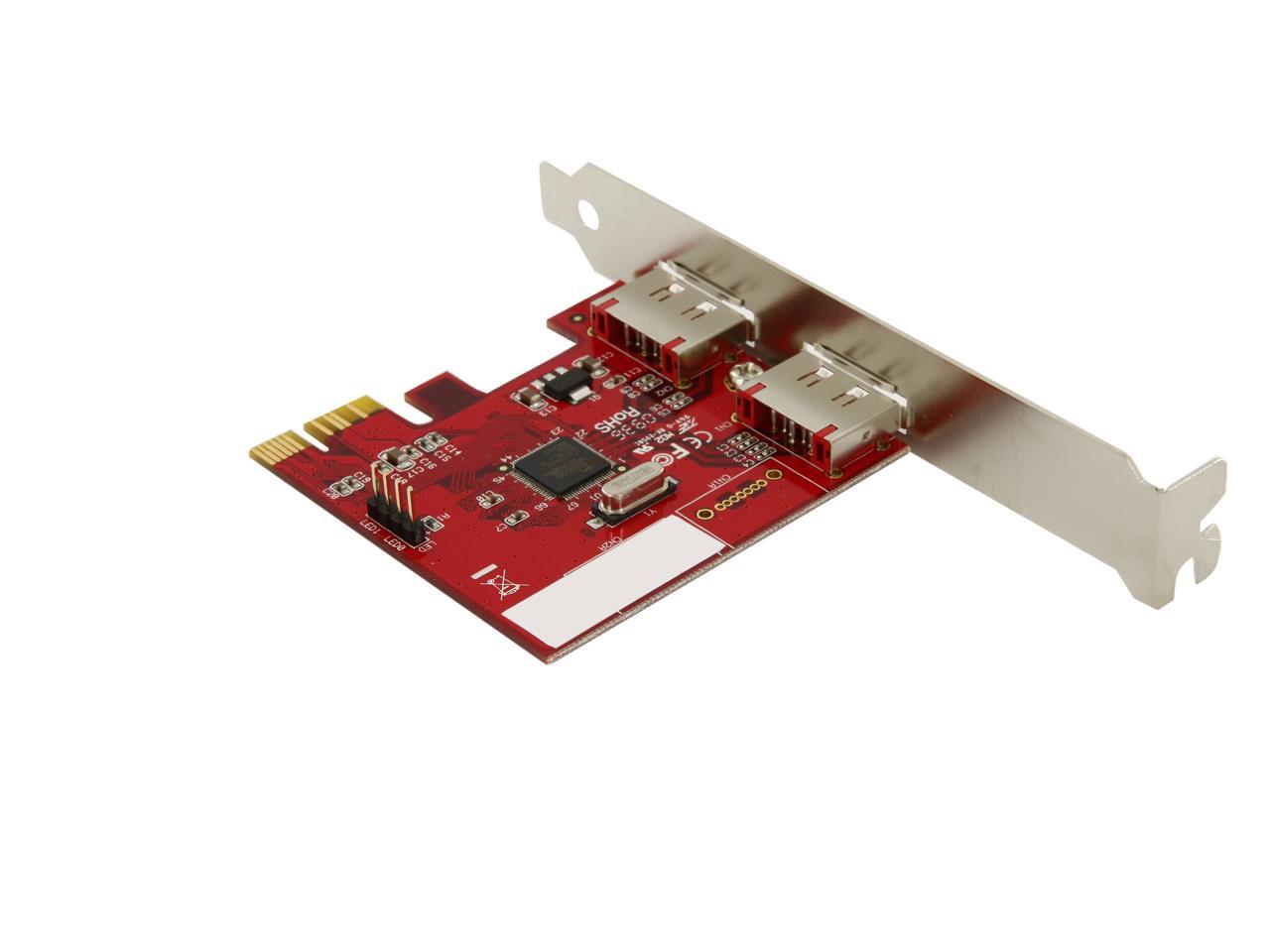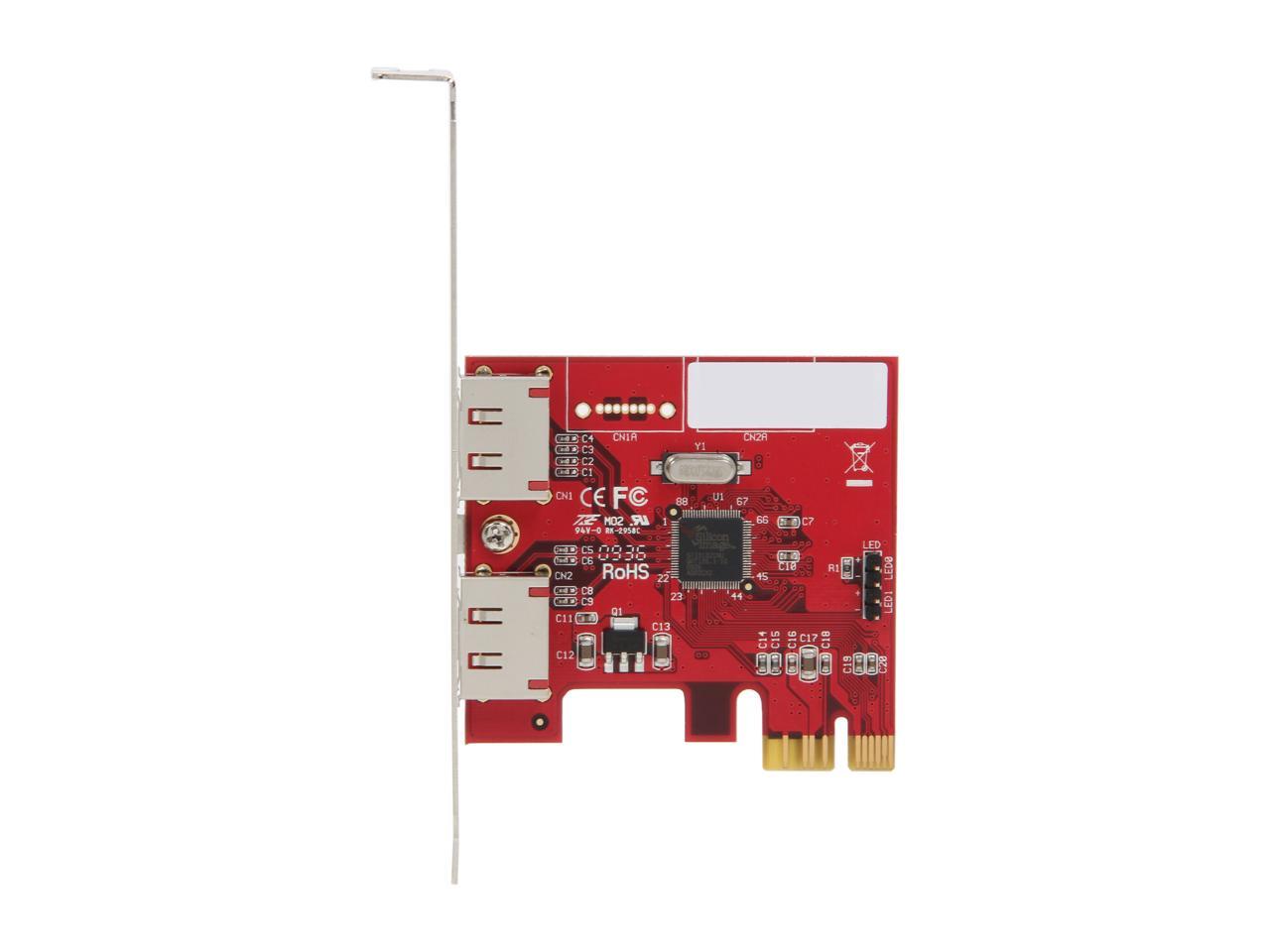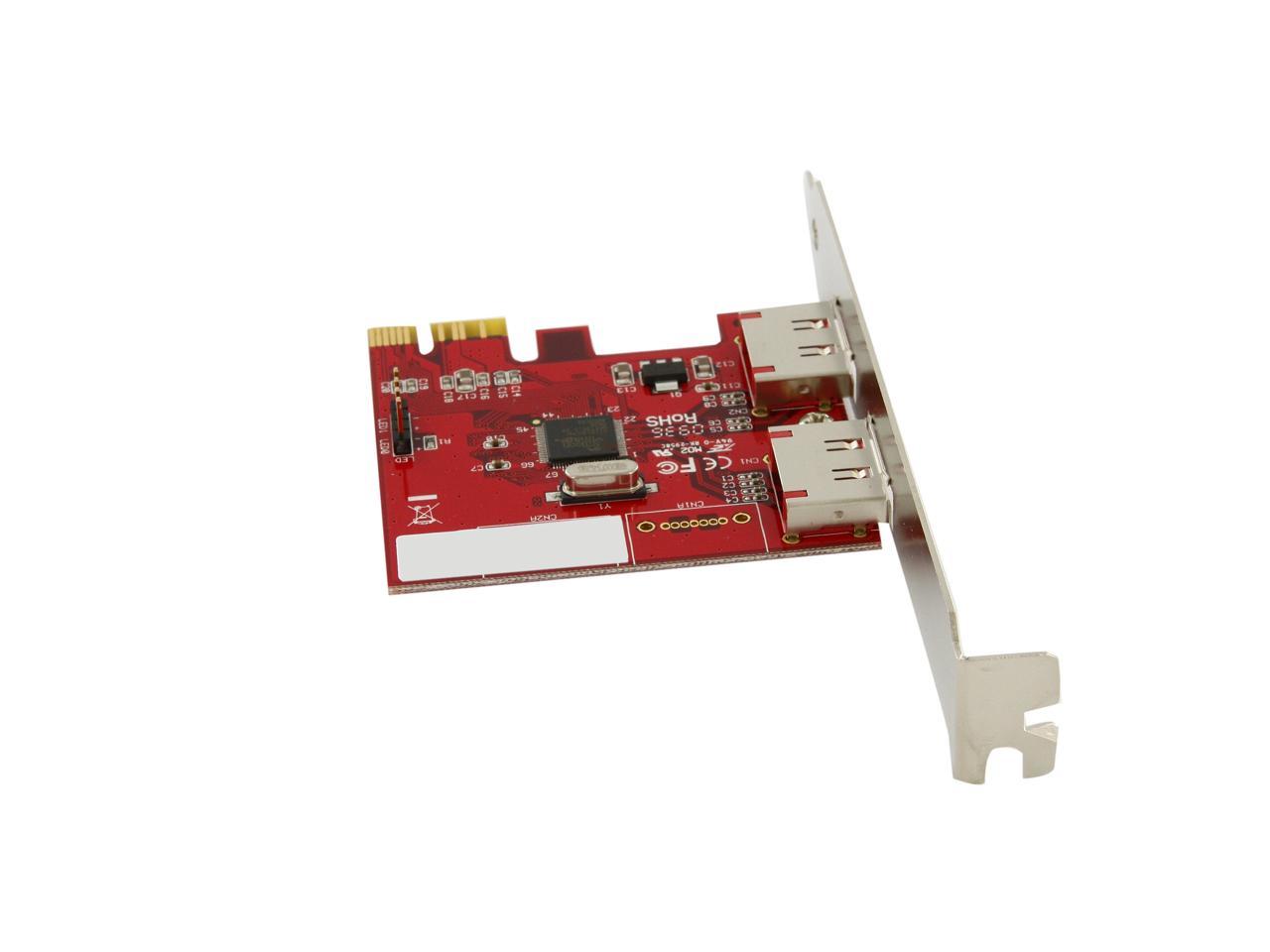

First, support under FreeNAS and Solaris exists, but I have heard quite a few problems with those installations. There are still a few quirks that do deserve mentioning.
#Silicon image sil3132 softraid 5 controller non raid windows
Windows operating systems find the cards easily and a Ubuntu 11.04 installation worked fine when the card was installed. The chips are currently fairly well supported.

This was just a quick look at the Silicon Image SiI3124, but I wanted to add a few notes. As a result, one will notice these low-cost Silicon Image SiI3124 chips in many low cost DAS bundles. An eSATA cable costs a fraction of a decent SFF-8087 cable (although the SFF-8087 can currently carry 12.0 to 24.0gbps using SATA drives which is four times as much as an eSATA cable.) The controllers are also less expensive than SAS controllers and a port multiplier can be housed in an external enclosure for easy wiring to drives. Probably the biggest application for these Silicon Image port multiplier aware controllers is as a bundle to low-cost external DAS. Total costs, per 1PB were around $8,000 and that number will have drastically decreased as, for example, the system uses 1.5TB drives for $120 whereas today’s 3TB drives are often found at the $120 price point. The Backblaze petabyte storage platform utilized Silicon Image SiI3726 port multipliers connected to controllers based off of either Silicon Image SiI3124 or SiI3132 controllers. Another very interesting application is in the Backblaze online backup storage pods. One question is, how are these chips used today? One interesting application was in the OCZ Technology RevoDrive X2 which used the Silicon Image SI3124 to tie together the SandForce SF-1222 based SSD controllers. I will note that in general, I suggest using passive heatsinks on controllers and ensuring that there is enough (redundant) airflow over that heatsink from the chassis. the Dell PERC 5/i), the PCI-X to PCIe bridge was a common architecture. With some older designs, including those based on the Intel IOP333 RAID processor (e.g. The relatively large heatsink/ fan covers something that I am guessing is a PCI-X to PCIe bridge chip. One will also notice that there is a conspicuous lack of DRAM onboard the PCB, which is a clear indicator that this is a fake-RAID 5 solution. As one can see, the Silicon Image chip is clearly visible between the “Raid 5” sticker (someone apparently forgot that RAID is an acronym) and a heatsink/ fan. The above card is a now discontinued Rosewill RC-224 that I had sitting unused in a box. Silicon Image SiI3124 Controller PCB Shot This low-cost architecture has been something that Silicon Image has been building for years. For about $100 one can purchase a controller and a port multiplier (based on the SiI3726 for example) and provide eight ports of connectivity.

One of the biggest draws to the Silicon Image port-multiplier enabled ecosystems is cost. The Silicon Image SiI3124 controller is an inexpensive SATA II controller that runs natively on a PCI-X bus. The short story here is that I think they can be valuable and I can see that they have a place in the market. One question I am often asked is what do I think about port multipliers.


 0 kommentar(er)
0 kommentar(er)
